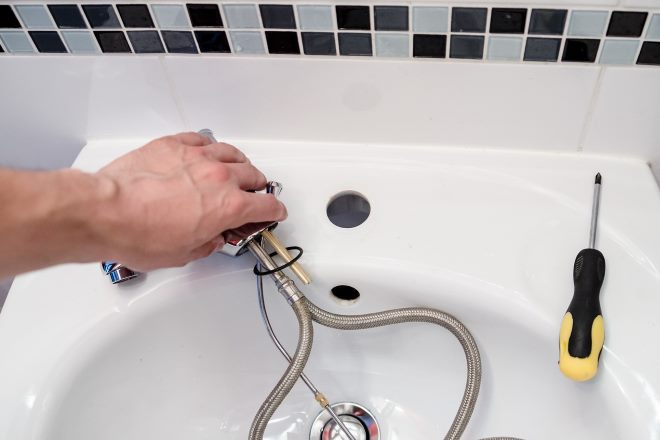Step-by-step maintenance checklist to prevent mold and leaks
Preventing mold and leaks requires a regular, practical checklist that balances everyday maintenance with occasional upgrades. This article breaks down inspection steps, simple fixes, and renovation considerations to keep moisture under control, protect fixtures and plumbing, and extend the life of finishes while keeping layout and budgeting in mind.

Regular upkeep reduces the risk of mold growth and hidden leaks by catching minor issues before they worsen. Start with a scheduled inspection routine that covers visible surfaces, water-using fixtures, and ventilation performance. Note any soft spots, stains, persistent dampness, or musty odors and track them over time so you can prioritize repairs during remodeling or routine renovation work. A consistent maintenance habit will also reveal whether resurfacing, layout changes, or targeted waterproofing are needed to stop recurring problems.
Remodeling and renovation considerations
When planning remodeling or renovation, prioritize solutions that address moisture at its sources. Review the existing layout to see if plumbing runs or fixture placements concentrate humidity in one area. Consider relocating fixtures or improving drainage paths if remodel work is already on the table. Budgeting for waterproofing membranes behind tile and upgrading to moisture-resistant drywall in wet zones can add cost upfront but reduce long-term repair needs. Keep renovation scopes realistic: small layout tweaks can dramatically improve airflow and drying potential without a full-scale redesign.
Fixtures and plumbing checks
Inspect fixtures and plumbing at least twice a year. Check seals around sinks, tubs, showers, and toilets for cracking or gaps; replace caulk and gaskets as needed. Look under vanities and behind toilets for leaks or water stains. Test shut-off valves and observe supply lines for corrosion or bulging. Minor drip repairs or replacing worn washers often prevent larger leaks. If you detect recurring leaks around a single fixture, plan a targeted repair or consult local services in your area to assess whether fixture replacement is more cost-effective than repeated patching.
Tiling and waterproofing essentials
Tiled surfaces are common trouble spots when waterproofing is incomplete. Inspect grout lines and edges for cracks or missing grout; repair grout and reseal porous tiles to reduce water penetration. Ensure shower pans, curb details, and transitions to walls have intact waterproofing membranes. Where tiling is failing frequently, resurfacing with modern waterproof backer boards and continuous membranes can stop water migration behind tiles. Regularly dry tiles and shower areas after use to reduce prolonged moisture exposure that encourages mold growth.
Ventilation and lighting for moisture control
Adequate ventilation is crucial for controlling humidity. Confirm exhaust fans are sized for the room and vented to the outdoors rather than into attics. Run fans during and for 15–20 minutes after showers to remove humid air. Natural light and insulation can also help surfaces dry faster; consider task lighting near damp-prone areas to aid visibility during inspections. If condensation forms on windows or mirrors regularly, increase ventilation or address insulation gaps that allow temperature differentials that create moisture.
Storage, accessibility, and layout tips
Organize storage to avoid crowding wet zones; leave space around plumbing fixtures and behind cabinets for air circulation and easier inspections. Avoid storing absorbent materials like cardboard directly beneath potential leak points. Accessibility makes maintenance simpler: install removable access panels to reach concealed valves or pipe runs without tearing out finishes. When planning layout changes, factor in access for future repairs and prioritize designs that route plumbing in straight, accessible runs to reduce hidden fittings that can fail.
Sustainable maintenance and resurfacing practices
Use sustainable materials and practices during repairs and resurfacing to reduce future maintenance. Low-VOC sealants and mildew-resistant paints lower indoor air quality risks while improving mold resistance. Choose durable fixtures and replace old supply lines with braided stainless steel to reduce failure rates. When resurfacing tiles or countertops, select water-resistant substrates and long-lasting grout systems that require less frequent replacement. Routine maintenance—cleaning drains, flushing trap lines, and ensuring proper slope in shower pans—combines with sustainable choices to extend service life and reduce waste.
Regularly scheduled inspections, quick responses to early signs of moisture, and thoughtful decisions during remodeling or renovation work form the backbone of an effective maintenance checklist. By combining simple fixture checks, targeted waterproofing, adequate ventilation, and accessible layout planning, you can significantly reduce the risk of mold and leaks and protect finishes and systems over time.





